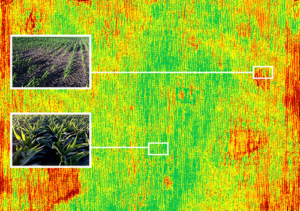Agriculture is the inseparable part of Nepal both socially and economically but the irony is that technologically it is still in the primitive ages. Development of Nepal cannot be thought of without any advancement in agriculture. So, drones can be instrumental to uplift the technology in agriculture of Nepal. Here are some reasons for the use of drones in survey.
SOIL AND FIELD ANALYSIS
Drones can be instrumental at the start of the crop cycle. They produce precise 3-D maps for early soil analysis, useful in planning seed planting patterns. After planting, drone-driven soil analysis provides data for irrigation and nitrogen-level management.
CROP SPRAYING
Drones can scan the ground and spray the correct amount of liquid, modulating distance from the ground and spraying in real-time for even coverage. The result is increased efficiency with a reduction in the number of chemicals penetrating into groundwater. In fact, experts estimate that aerial spraying can be completed up to five times faster with drones than with traditional machinery.

CROP MONITORING
Vast fields and low efficiency in crop monitoring together create farming’s largest obstacle. Monitoring challenges are exacerbated by increasingly unpredictable weather conditions, which drive risk and field maintenance costs.
PLANTING
These systems shoot pods with seeds and plant nutrients into the soil, providing the plant all the nutrients necessary to sustain life.

IRRIGATION
Drones with hyper spectral, multispectral, or thermal sensors can identify which parts of a field are dry or need improvements. Additionally, once the crop is growing, drones allow the calculation of the vegetation index, which describes the relative density and health of the crop, and show the heat signature, the amount of energy or heat the crop emits.
HEALTH ASSESSMENT
It’s essential to assess crop health and spot bacterial or fungal infections on trees. By scanning a crop using both visible and near-infrared light, drone-carried devices can identify which plants reflect different amounts of green light and NIR light.

